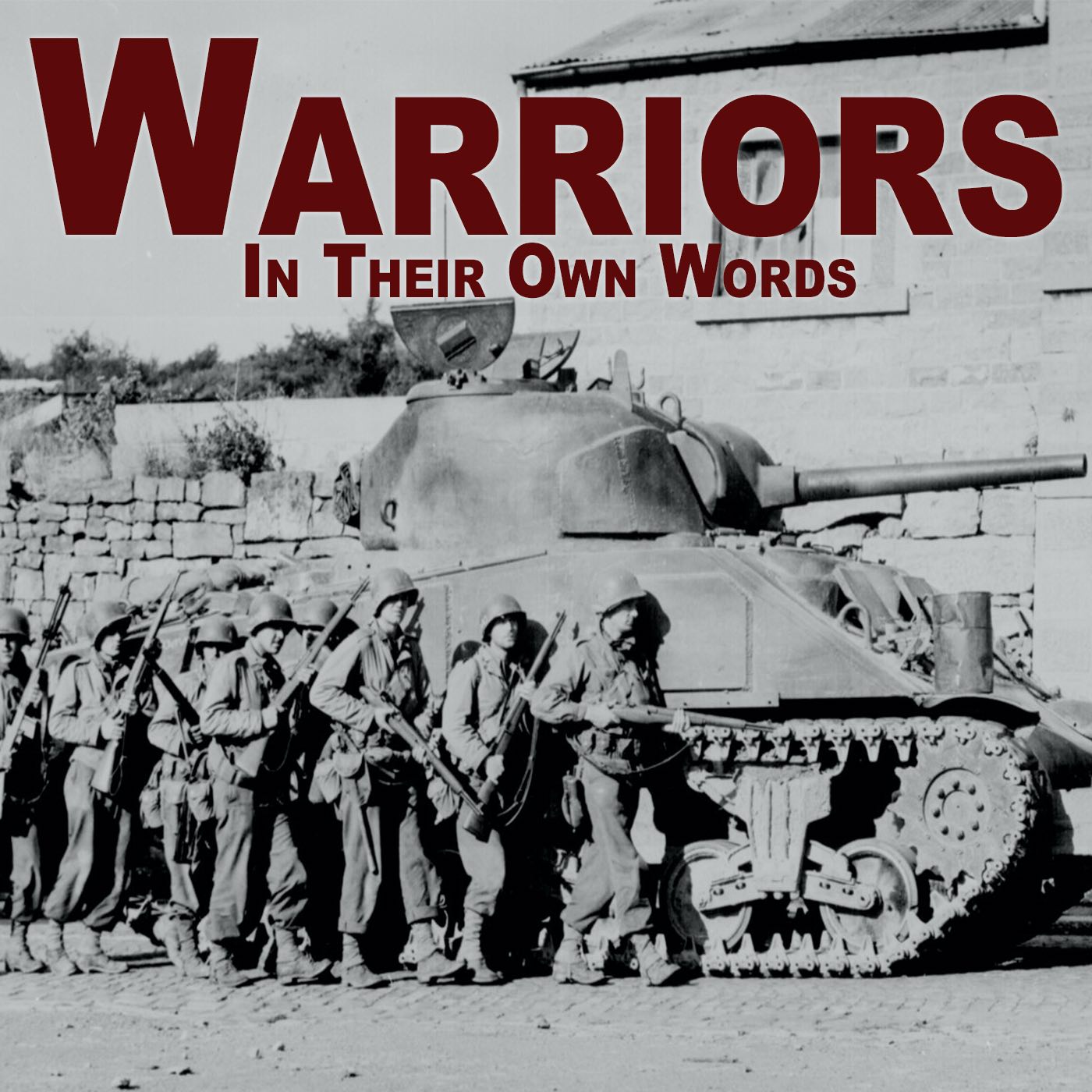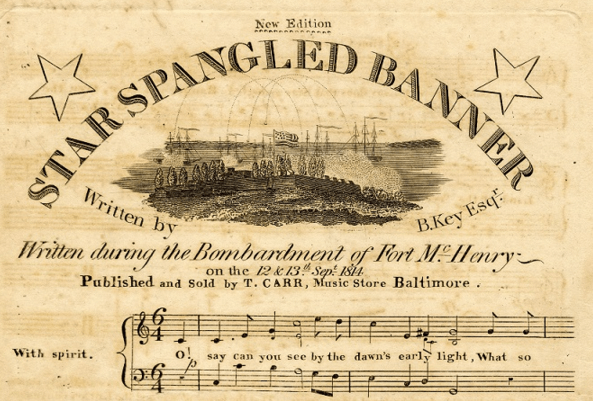There’s an old saying within the writer’s world. “Write what you know.” Meaning that every artist should always put a bit of their own life experiences into their creations to help create the feeling that the world they’re creating is real enough – regardless of its fictional setting. This is especially important when it comes to analyzing works created by war veterans when they tell stories dealing with war.
This leads us to literature’s biggest question about authorial intent: Is The Lord of the Rings by J.R.R. Tolkien an allegory for WWI? From the mouth of Tolkien himself, it’s not. Yet scholars still debate this.
The honest answer is that it’s much deeper than a surface level “the orcs are really these guys” and “the ring actually means this thing.”

If you’re still not convinced… If the One Ring was about the bomb, then the eagles would have definitely been the ones to drop the Ring in Mt. Doom and not about the struggles of two hobbits going in on foot.
(United States Department of Energy)
The novel was released in 1954, and, as people do, there was speculation that it was about either World War I or World War II. The straight-forward nature of Sauron being purely evil and the works of the Fellowship purely good puzzled Tolkien’s life-long friend and Jesuit priest, Father Robert Murray, who also questioned if it was a message about Christianity – since Tolkien himself was a devout Catholic.
His response to both was included into the forward to the second edition of The Lord of the Rings, which Tolkien has this to say:
As for any inner meaning or ‘message,’ it has in the intention of the author none. It is neither allegorical nor topical…. I cordially dislike allegory in all its manifestations, and always have done so since I grew old and wary enough to detect its presence.
Later on in life, many questioned if the One Ring was also symbolic of atomic weapons. This is easily debunked by the simple fact that he began writing The Lord of the Rings in 1934 – many years before the Manhattan Project was even known.

Need to come up with a war-torn hellscape that’s riddled with death and decay? Tolkien’s mind went to the worst hell he could imagine: the swamped trenches of the Battle of the Somme.
(Warner Bros.)
In Tolkien’s eyes, his work were, and always should be viewed as, a fairy tale. This is why the chapters of The Hobbit feel slightly disconnected from each other – because they’re meant to be bedtime story-sized chunks to read to children at night.
When it came time for his magnum opus, The Lord of the Rings, it was intended as a more mature follow-up to that world while still holding true to its fairy tale spirit. Sauron is the unequivocal embodiment of evil. Frodo Baggins, though flawed and unlikely to be the hero, was a nuanced embodiment of good. The core of the series is always that good, no matter where it comes from, will always triumph over evil.
The debate lies in the unexpected journey of how that happens, which brings us back to writing what you know.

To be fair, this place would be what Tolkien’s friend Father Murray may have called an allegory for Heaven.
(Warner Bros.)
As every combat veteran can tell you, war is a hell that you can never really get out of your mind. Tolkien himself saw his two best friends die within the first day of combat, a first aid station he was at destroyed with many inside, and he would be sent back to the rear for health reasons. He would eventually learn his battalion, and everyone he knew would be destroyed by the end of the war.
Tolkien’s survivor’s guilt would haunt him throughout the rest of his life. This is reflected in the most powerful moment of The Lord of the Rings – Frodo’s return to the Shire. Frodo lost many of his friends along the way. What was once a happy, cheery little town felt alien to him. He couldn’t just slip back in like nothing had happened because, it did. His scars healed but still hurt while his mind wandered. This is not unlike what happened to Tolkien, but it’s not unique to him.
But this isn’t where Frodo’s story ends. Neither is it for every returning veteran. For all of his good deeds, Frodo is allowed passage into the Undying Lands. He can be free of his pain and know that he fought the good fight. His battles with his trauma were over. This pained and injured hero can finally have his happy ending.
There is no allegory for the pure good and pure evil of The Lord of the Rings. The Orcs weren’t the Germans (from either war), and the Hobbits weren’t the peaceful Welsh. The story is meant to be interpreted by anyone who sees themselves in Frodo’s shoes (well, in the metaphorical sense. Hobbits never wear shoes.)
Tolkien wrote the fairy tale he’d have wanted to hear as a returning veteran. To be told that no matter where you’re from, no matter how big or small, no matter the pain you endure, no matter the friends you lose along the way, your story will eventually have a happy ending.
This is the basis for the Fox Searchlight film Tolkien about how his life experiences influenced his writing. Check it out in theaters May 19th.


















